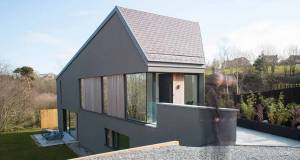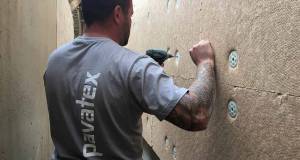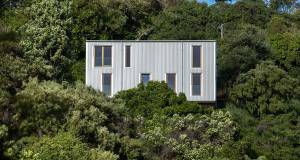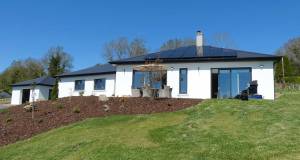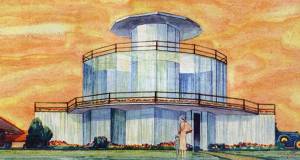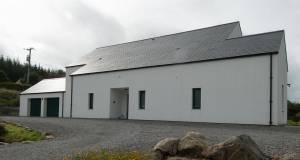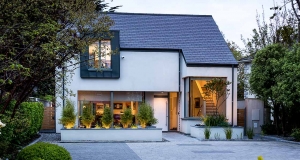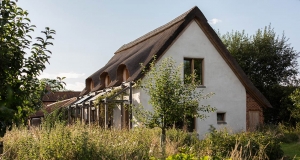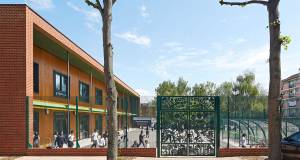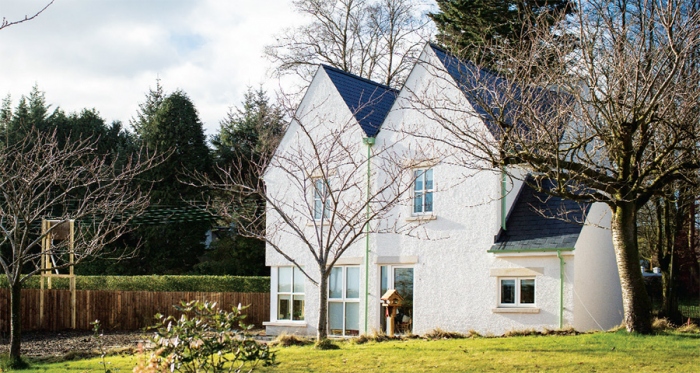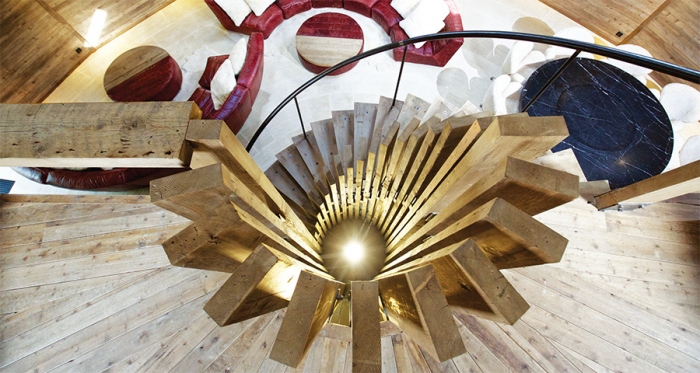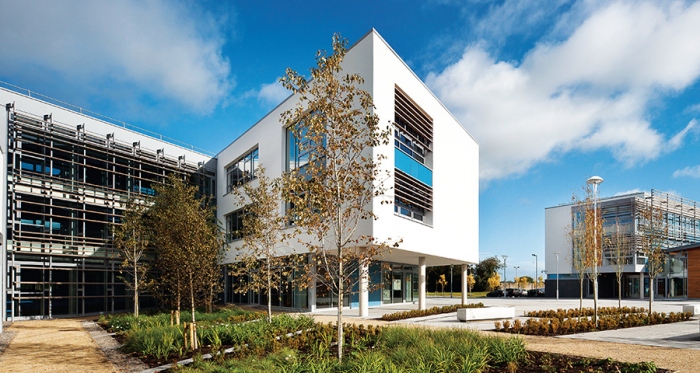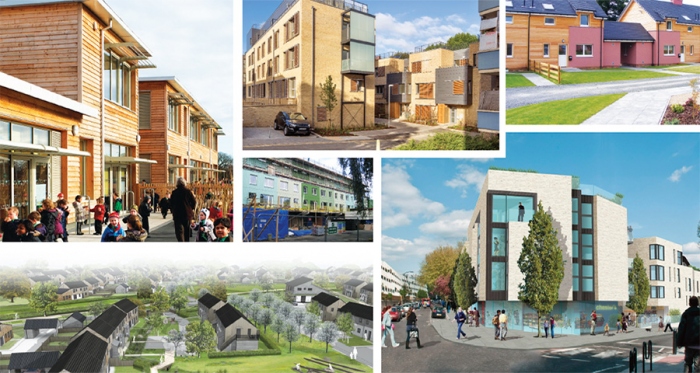Steeply sustainable - Low carbon passive design wonder on impossible Cork site
The unique split-level, wedge-shaped plan of this striking and award-winning new passive house in Cork isn’t just for show — it is a carefully thought-out response to an extremely challenging site, and an example of how great architecture can create beautiful, sustainable buildings in even the most unlikely of spaces, and with a fraction of the upfront carbon costs of traditional build methods.

